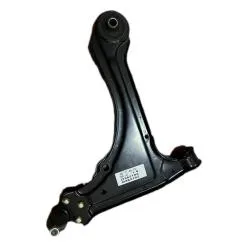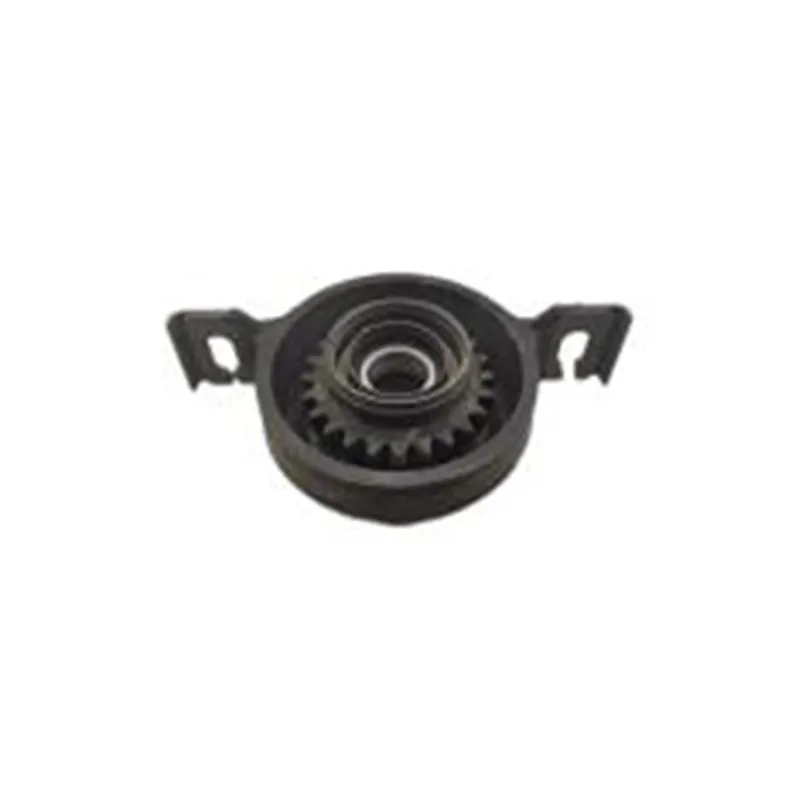
-
 Afrikaans
Afrikaans -
 Albanian
Albanian -
 Amharic
Amharic -
 Arabic
Arabic -
 Armenian
Armenian -
 Azerbaijani
Azerbaijani -
 Basque
Basque -
 Belarusian
Belarusian -
 Bengali
Bengali -
 Bosnian
Bosnian -
 Bulgarian
Bulgarian -
 Catalan
Catalan -
 Cebuano
Cebuano -
 Corsican
Corsican -
 Croatian
Croatian -
 Czech
Czech -
 Danish
Danish -
 Dutch
Dutch -
 English
English -
 Esperanto
Esperanto -
 Estonian
Estonian -
 Finnish
Finnish -
 French
French -
 Frisian
Frisian -
 Galician
Galician -
 Georgian
Georgian -
 German
German -
 Greek
Greek -
 Gujarati
Gujarati -
 Haitian Creole
Haitian Creole -
 hausa
hausa -
 hawaiian
hawaiian -
 Hebrew
Hebrew -
 Hindi
Hindi -
 Miao
Miao -
 Hungarian
Hungarian -
 Icelandic
Icelandic -
 igbo
igbo -
 Indonesian
Indonesian -
 irish
irish -
 Italian
Italian -
 Japanese
Japanese -
 Javanese
Javanese -
 Kannada
Kannada -
 kazakh
kazakh -
 Khmer
Khmer -
 Rwandese
Rwandese -
 Korean
Korean -
 Kurdish
Kurdish -
 Kyrgyz
Kyrgyz -
 Lao
Lao -
 Latin
Latin -
 Latvian
Latvian -
 Lithuanian
Lithuanian -
 Luxembourgish
Luxembourgish -
 Macedonian
Macedonian -
 Malgashi
Malgashi -
 Malay
Malay -
 Malayalam
Malayalam -
 Maltese
Maltese -
 Maori
Maori -
 Marathi
Marathi -
 Mongolian
Mongolian -
 Myanmar
Myanmar -
 Nepali
Nepali -
 Norwegian
Norwegian -
 Norwegian
Norwegian -
 Occitan
Occitan -
 Pashto
Pashto -
 Persian
Persian -
 Polish
Polish -
 Portuguese
Portuguese -
 Punjabi
Punjabi -
 Romanian
Romanian -
 Russian
Russian -
 Samoan
Samoan -
 Scottish Gaelic
Scottish Gaelic -
 Serbian
Serbian -
 Sesotho
Sesotho -
 Shona
Shona -
 Sindhi
Sindhi -
 Sinhala
Sinhala -
 Slovak
Slovak -
 Slovenian
Slovenian -
 Somali
Somali -
 Spanish
Spanish -
 Sundanese
Sundanese -
 Swahili
Swahili -
 Swedish
Swedish -
 Tagalog
Tagalog -
 Tajik
Tajik -
 Tamil
Tamil -
 Tatar
Tatar -
 Telugu
Telugu -
 Thai
Thai -
 Turkish
Turkish -
 Turkmen
Turkmen -
 Ukrainian
Ukrainian -
 Urdu
Urdu -
 Uighur
Uighur -
 Uzbek
Uzbek -
 Vietnamese
Vietnamese -
 Welsh
Welsh -
 Bantu
Bantu -
 Yiddish
Yiddish -
 Yoruba
Yoruba -
 Zulu
Zulu
car wheel control arm
Understanding the Importance of Car Wheel Control Arms
The car wheel control arm is an essential component in the suspension system of a vehicle. It plays a critical role in maintaining the integrity of the car's handling and ride quality. Despite its importance, many drivers may not be familiar with what control arms are or how they function. This article aims to shed light on the significance of control arms in automotive engineering, their functions, types, symptoms of wear, and maintenance tips.
What are Control Arms?
Control arms are curved metal arms that connect the chassis of a vehicle to the wheel assembly. They serve as pivot points, allowing the wheels to move up and down while maintaining proper alignment. This movement is crucial for providing smooth handling, stability, and comfort during driving. Most vehicles employ a system of upper and lower control arms, each serving unique functions in the overall suspension layout.
Functions of Control Arms
1. Wheel Alignment Control arms help maintain proper wheel alignment. This is crucial not just for tire longevity but also for vehicle handling. Misalignment can lead to uneven tire wear and affect steering stability, making the vehicle harder to control.
2. Ride Quality The suspension system, including control arms, absorbs shocks and vibrations from the road. This ensures that passengers have a comfortable ride, reducing the likelihood of feeling every bump and imperfection on the road.
3. Stability Control Control arms play a significant role in stabilizing the vehicle during turns and cornering. They work alongside other suspension components to distribute weight evenly and prevent the car from tipping or rolling.
4. Toe and Camber Adjustment Many control arms are designed with the ability to adjust the toe and camber settings, allowing for precise adjustments to wheel angles. This is essential for high-performance vehicles where handling characteristics are critical.
Types of Control Arms
Control arms can generally be categorized into two basic types upper control arms and lower control arms.
- Upper Control Arms These are found above the axle and connect the vehicle’s body to the wheel assembly. They typically support the upper portion of the wheel's movement and can be either fixed or adjustable.
car wheel control arm

- Lower Control Arms Located below the axle, lower control arms bear most of the load in the suspension system. They have a more significant influence on the vehicle's handling dynamics and are crucial when it comes to load management.
Symptoms of Worn Control Arms
Recognizing the signs of worn or damaged control arms is vital for maintaining vehicle safety and performance
. Common symptoms include- Unusual Noises Clunking or rattling sounds when driving over bumps often indicate a problem with the control arm or its bushings. - Uneven Tire Wear If you notice uneven wear patterns on your tires, it could signal misalignment due to control arm issues.
- Vibration While Driving Excessive vibration or shaking while driving may indicate that the control arms are worn or damaged.
- Steering Issues Difficulty in steering or the vehicle pulling to one side can be a sign of worn control arms affecting alignment.
Maintenance Tips
To ensure that control arms remain in good condition, it's essential to adhere to regular maintenance practices
1. Regular Inspections Have your suspension system, including control arms, inspected during routine maintenance. This proactive approach can help identify potential problems before they become serious.
2. Wheel Alignment Checks Regular wheel alignment checks can help maintain vehicle stability and prolong tire life.
3. Monitor Suspension Performance Pay attention to how your vehicle handles in various driving conditions. Any noticeable changes in performance should be investigated promptly.
In conclusion, the car wheel control arm is a fundamental component of a vehicle's suspension system. Its roles in wheel alignment, ride quality, stability, and adjustability contribute significantly to overall vehicle performance. Understanding its importance, recognizing the signs of wear, and adhering to maintenance practices can enhance both safety and comfort while driving. As automotive technology continues to evolve, the control arm will remain a vital part of the engineering that ensures vehicles operate smoothly and effectively.
-

 English
English
 Afrikaans
Afrikaans
 Albanian
Albanian
 Amharic
Amharic
 Arabic
Arabic
 Armenian
Armenian
 Azerbaijani
Azerbaijani
 Basque
Basque
 Belarusian
Belarusian
 Bengali
Bengali
 Bosnian
Bosnian
 Bulgarian
Bulgarian
 Catalan
Catalan
 Cebuano
Cebuano
 Corsican
Corsican
 Croatian
Croatian
 Czech
Czech
 Danish
Danish
 Dutch
Dutch
 Esperanto
Esperanto
 Estonian
Estonian
 Finnish
Finnish
 French
French
 Frisian
Frisian
 Galician
Galician
 Georgian
Georgian
 German
German
 Greek
Greek
 Gujarati
Gujarati
 Haitian Creole
Haitian Creole
 Hausa
Hausa
 Hawaiian
Hawaiian
 Hebrew
Hebrew
 Hindi
Hindi
 Miao
Miao
 Hungarian
Hungarian
 Icelandic
Icelandic
 Igbo
Igbo
 Indonesian
Indonesian
 Irish
Irish
 Italian
Italian
 Japanese
Japanese
 Javanese
Javanese
 Kannada
Kannada
 Kazakh
Kazakh
 Khmer
Khmer
 Rwandese
Rwandese
 Korean
Korean
 Kurdish
Kurdish
 Kyrgyz
Kyrgyz
 Lao
Lao
 Latin
Latin
 Latvian
Latvian
 Lithuanian
Lithuanian
 Luxembourgish
Luxembourgish
 Macedonian
Macedonian
 Malay
Malay
 Malayalam
Malayalam
 Maltese
Maltese
 Maori
Maori
 Marathi
Marathi
 Mongolian
Mongolian
 Myanmar
Myanmar
 Nepali
Nepali
 Norwegian
Norwegian
 Norwegian
Norwegian
 Occitan
Occitan
 Pashto
Pashto
 Persian
Persian
 Polish
Polish
 Portuguese
Portuguese
 Punjabi
Punjabi
 Romanian
Romanian
 Russian
Russian
 Samoan
Samoan
 Scottish Gaelic
Scottish Gaelic
 Serbian
Serbian
 Sesotho
Sesotho
 Shona
Shona
 Sindhi
Sindhi
 Sinhala
Sinhala
 Slovak
Slovak
 Slovenian
Slovenian
 Somali
Somali
 Spanish
Spanish
 Sundanese
Sundanese
 Swahili
Swahili
 Swedish
Swedish
 Tagalog
Tagalog
 Tajik
Tajik
 Tamil
Tamil
 Tatar
Tatar
 Telugu
Telugu
 Thai
Thai
 Turkish
Turkish
 Turkmen
Turkmen
 Ukrainian
Ukrainian
 Urdu
Urdu
 Uighur
Uighur
 Uzbek
Uzbek
 Vietnamese
Vietnamese
 Welsh
Welsh
 Bantu
Bantu
 Yiddish
Yiddish
 Yoruba
Yoruba
 Zulu
Zulu
 Malgashi
Malgashi






